How The Memory Works In Learning
How does the memory work in learning? The more times an action is repeated, the more dendrites grow and interconnect.
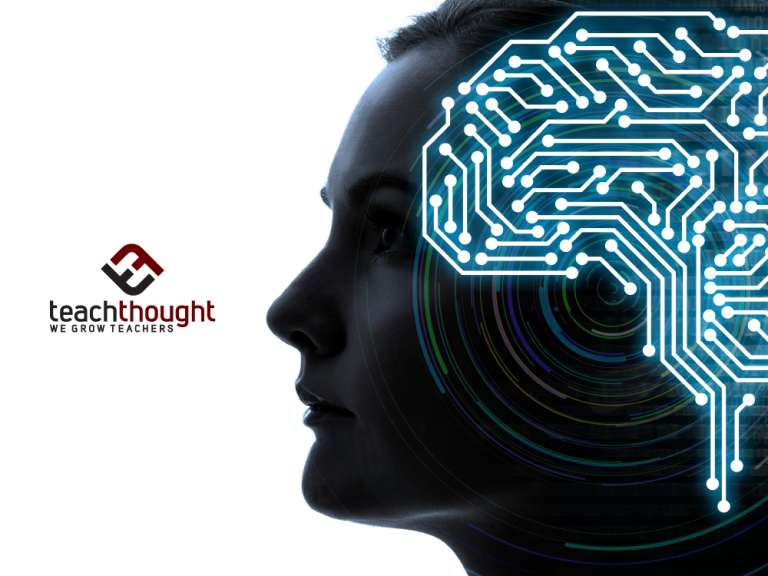
How does the memory work in learning? The more times an action is repeated, the more dendrites grow and interconnect.
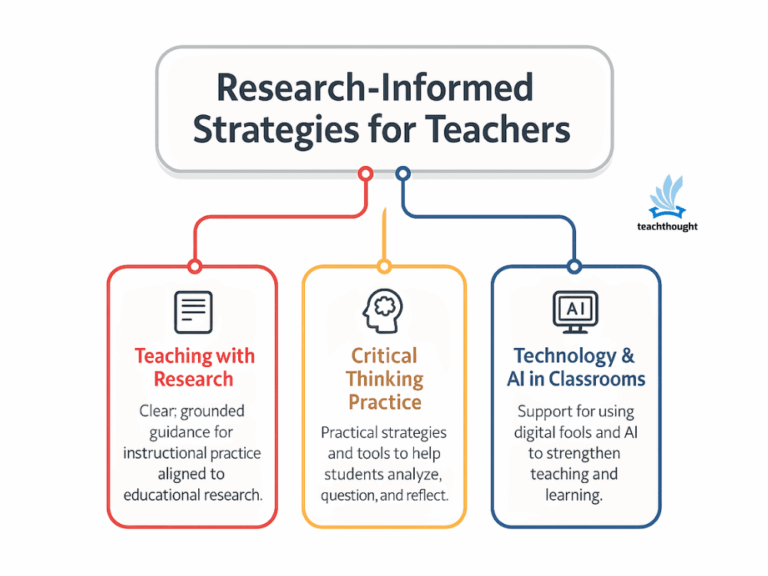
Here are 50 ways teachers across content areas–and homeschooled learners too–can promote digital media literacy.
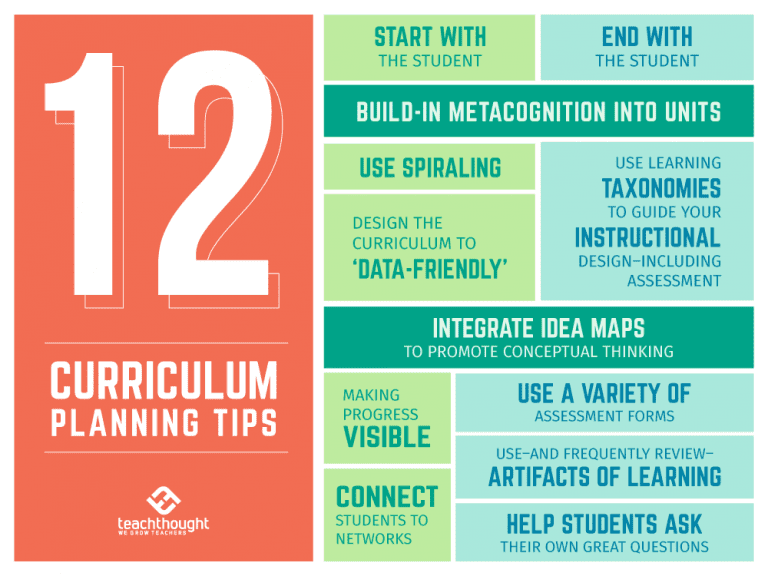
By exposing students to critical content over and over again in increasingly complex ways, spiraling is a flexible and potent curriculum mapping strategy.
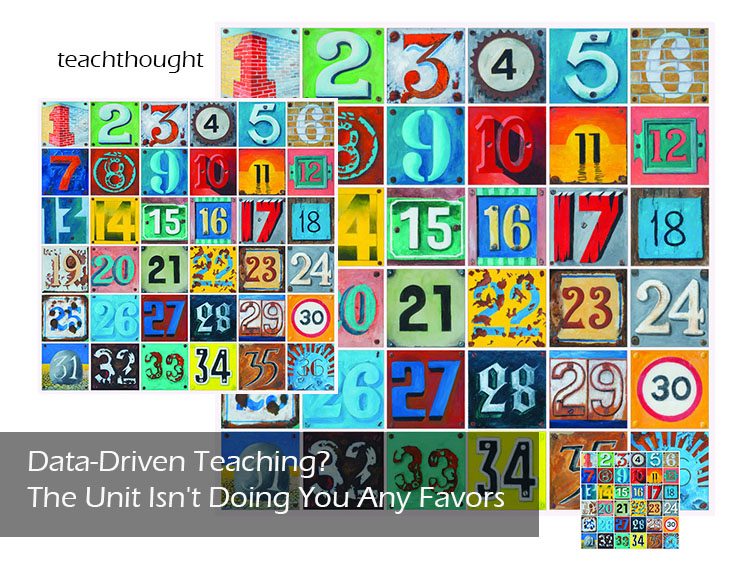
If we insist on outcomes-based, data-driven teaching, the traditional unit—at least in its current guise—has no business in our classrooms.
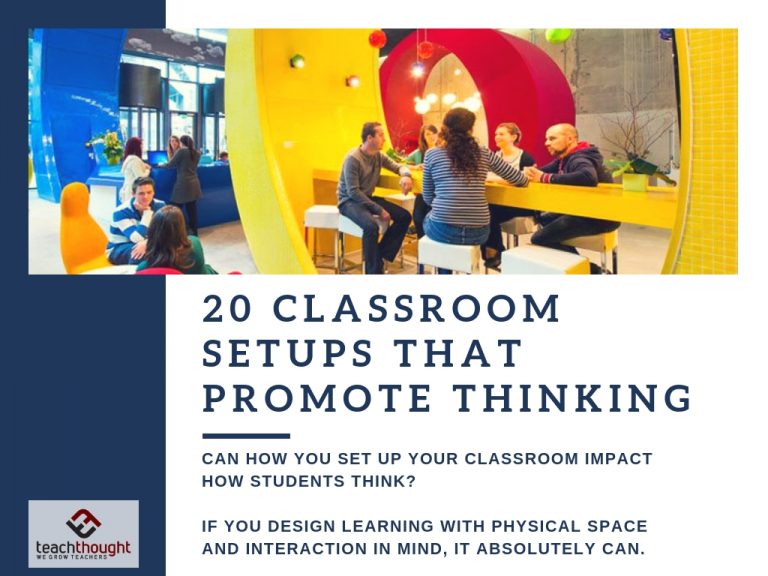
How can you setup a classroom to promote thinking and creativity?
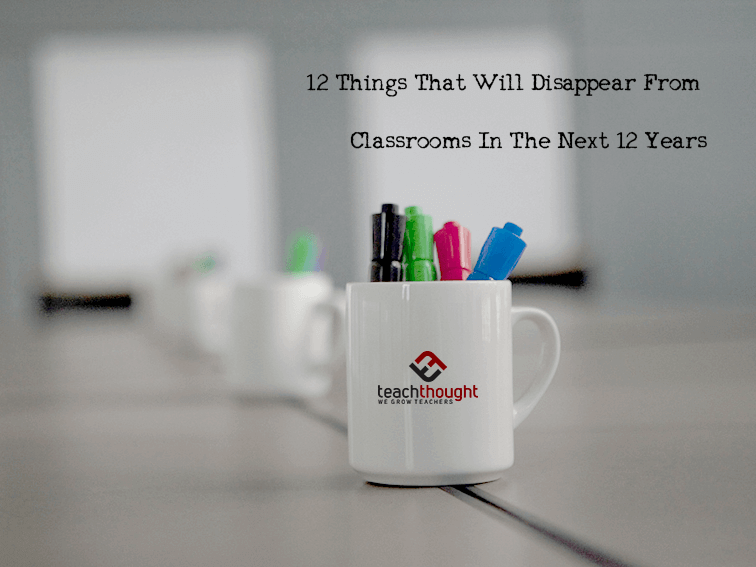
Desks, tests, computer labs, and more. Here are 12 things that could disappear from classrooms in the next 12 years.
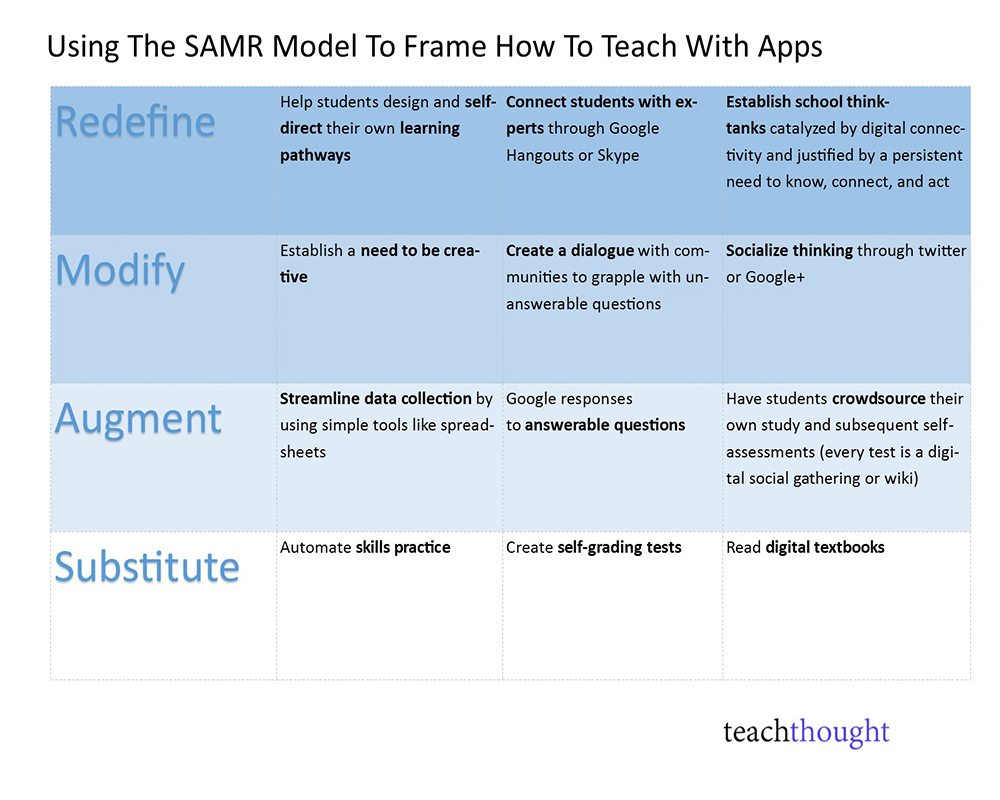
How To Teach With Apps Using The SAMR Model by TeachThought Staff Not all apps are created equal. Not all teacher planning and instructional design are created equal. Mash the two, and we’re beginning to see the opportunity for some real disparity. In response, we’ve taken the popular SAMR model and use it as a…
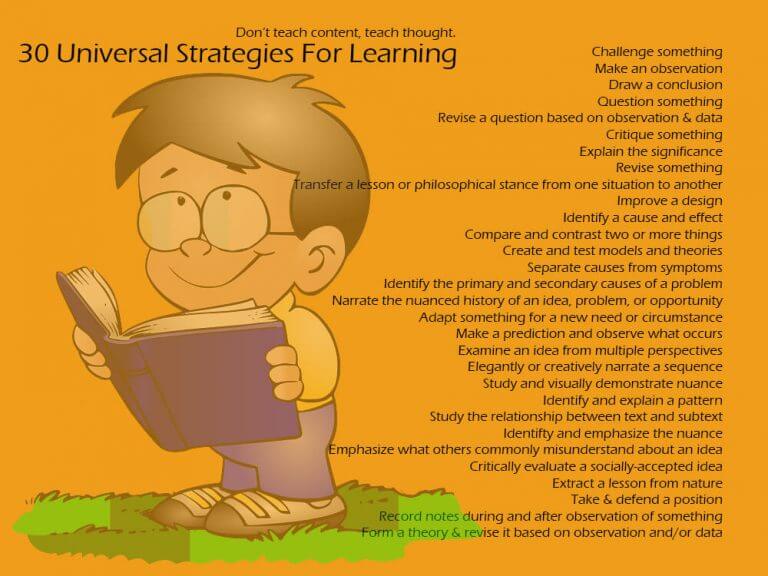
From making an observation and drawing a conclusion to forming and improving a question, here are 27 strategies for critical learning.
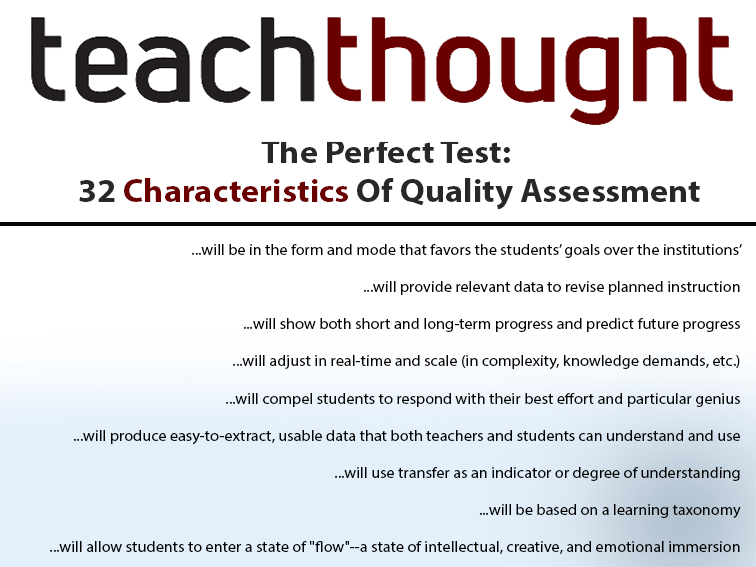
If we can design anything–not just digitize multiple choice questions, but start from scratch — what would a quality assessment be like?
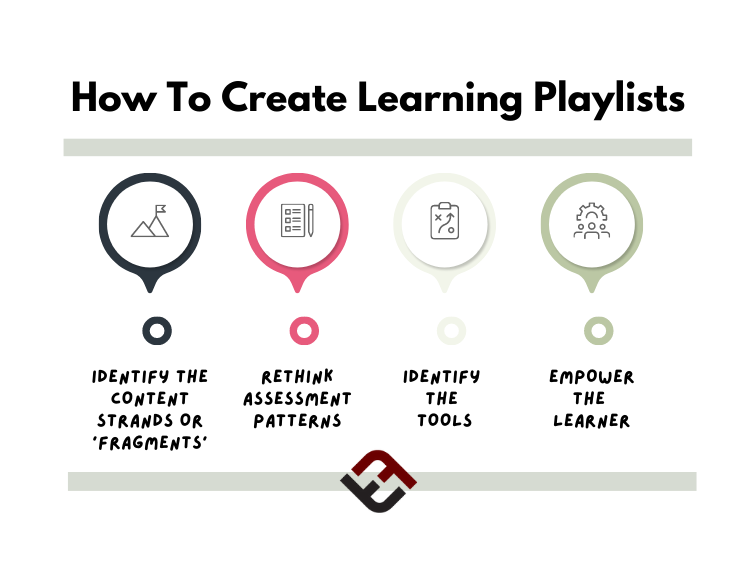
Each learner has access to content and tools to consume content in an order that is within their unique ZPD and cultural schema.
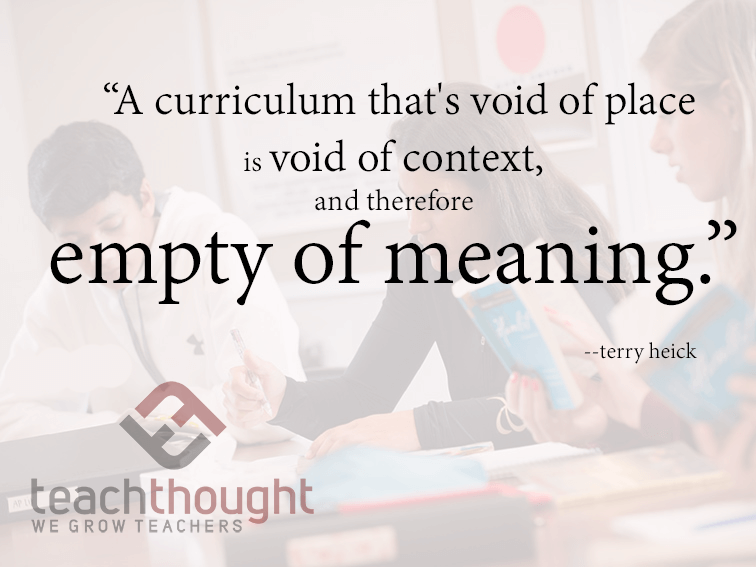
The value of ‘place’ in learning lies in its context: People seek to know things in order to do them, and these things are done in a ‘place’.
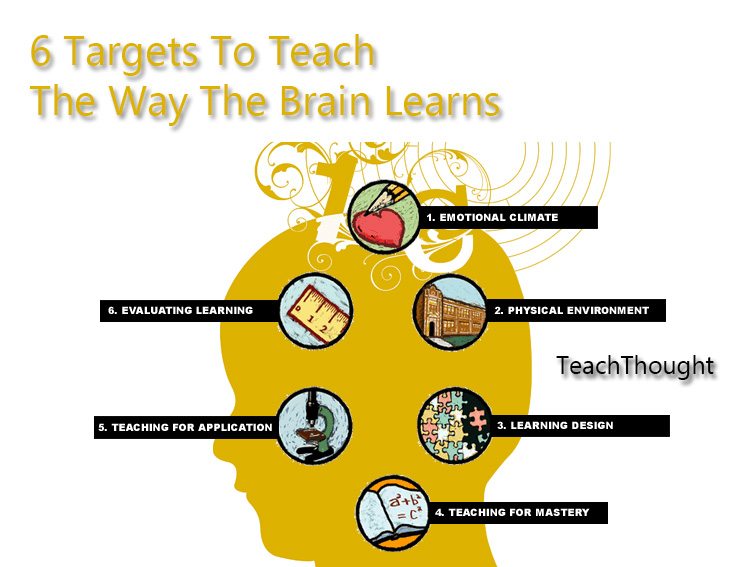
Understanding the brain’s structures, reactions to sensory input, and storage of information is crucial for understanding how people learn.
Examples of disruption in education range from the demand for eLearning to the soaring cost of college to adaptive learning technology.
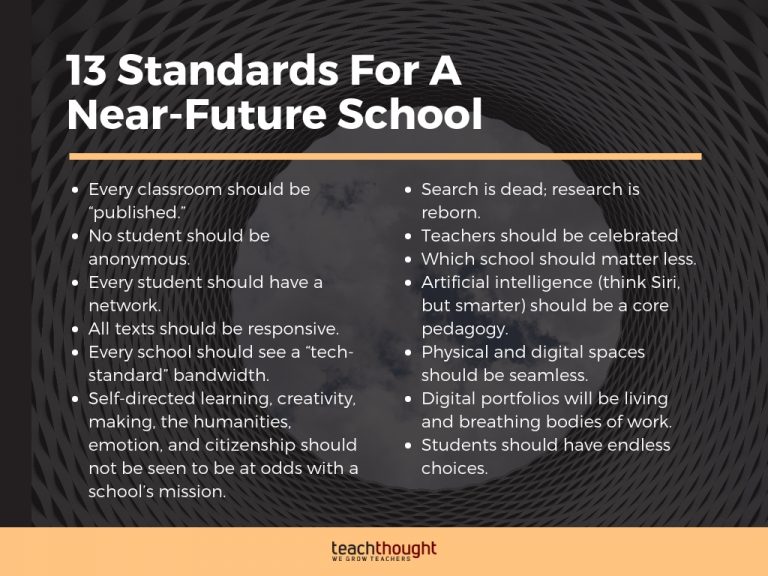
Artificial Intelligence will be a core part of learning, helping students choose books, assessment forms, learning strategies, and more.